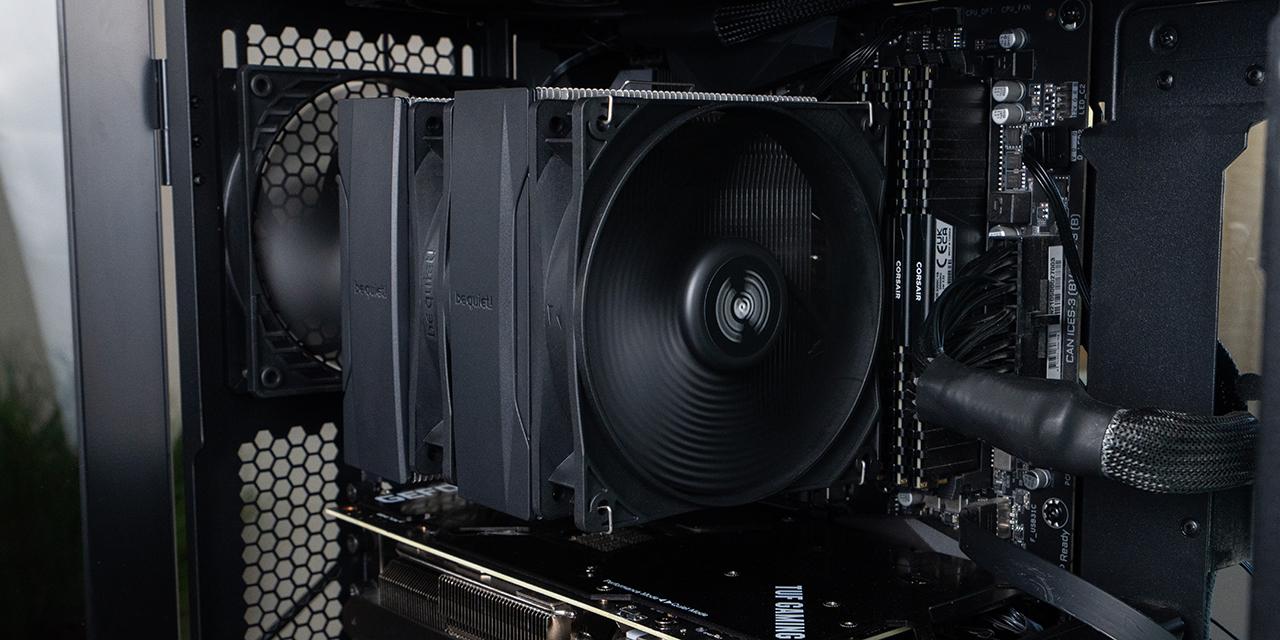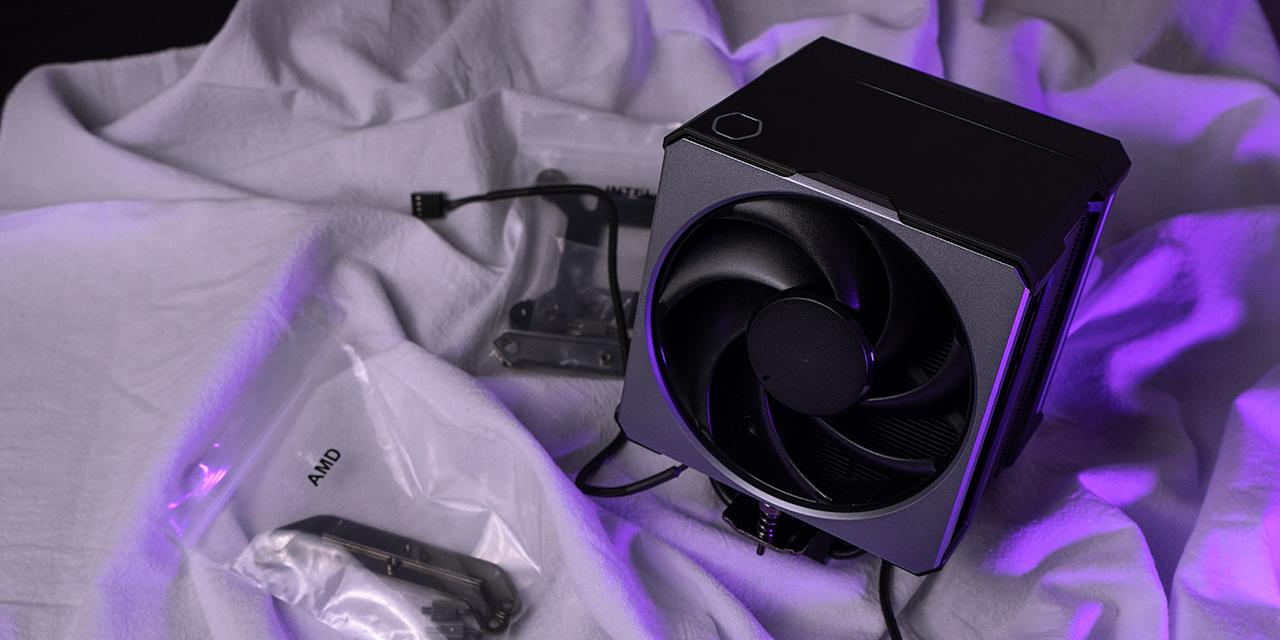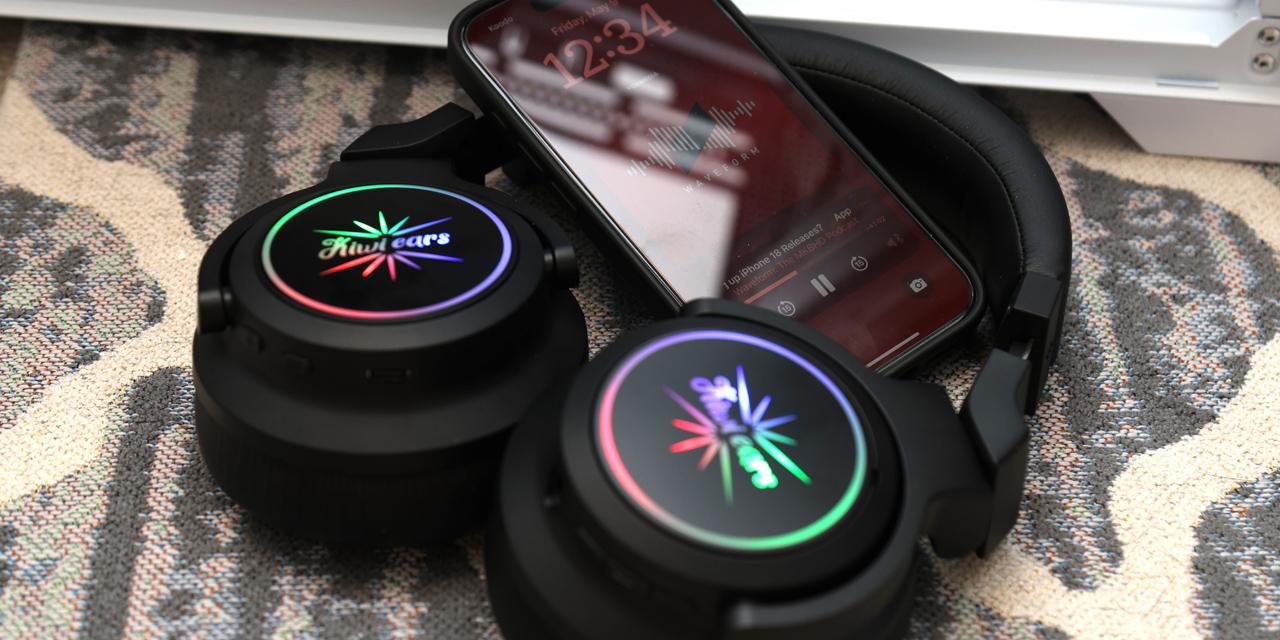Page 5 - Cooling Test Results
Our test configurations are as follows:
CPU: Intel Core i7-12700K
Motherboard: ASUS ProArt B660-Creator D4
RAM: Crucial Ballistix DDR4-3600 4x32GB
Graphics: ASUS Dual GeForce GTX 1060 3GB
Storage: Kingston KC3000 1TB, Western Digital WD_BLACK SN850 NVMe SSD 1TB
Power: Cooler Master GX II Gold 850W
Operating System: Microsoft Windows 11 Pro
Compared hardware:
- Cooler Master TD500 MAX (Pre-installed MasterLiquid 360 Atmos with 38mm radiator)
- NZXT H710i with Noctua NH-D15 chromax.black (Single Fan)
- NZXT H710i with Noctua NH-D15 chromax.black (Dual Fan)
All tests were run on our custom-built computer to best reflect real life performance. The computer remained in the same location in the same room throughout all tests. The room temperature in our testing lab was around 21c. Stock thermal paste respective to all coolers were used to rate its performance, and were given a proper amount of time for them to fully settle. The fans are all connected to a fan controller running at maximum speed. The PC was turned on and idling for at least one hour for the idling tests. High CPU load results were obtained using the Prime95 in-place small FFTs test with maximum worker threads for a minimum of ten minutes or until the temperature was deemed stable.


We tested the Cooler Master TD500 MAX with the pre-installed 38mm thick radiator MasterLiquid 360 Atmos against the NZXT H710i with a Noctua NH-D15 chromax.black in single and dual fan configurations. Note the standard MasterLiquid 360 Atmos has a 27mm thick radiator, so the one in the TD500 MAX is significantly thicker. The Noctua NH-D15 is one of the best air coolers in the market today, and the NZXT H710i is equipped with three Aer F120 for the front intake and one Aer F140 as the rear exhaust.
As you can see from our charts above, the Cooler Master TD500 MAX performed very well in our idle test. The CPU in the Cooler Master configuration was brought all the way down to ambient room temperature. Since the idle test is not a good indicator of a CPU cooler's true performance potential, let us look ahead into the load test results.
In the load test, the test processor, my Intel Core i7-12700K, generates quite a bit of heat that will give most coolers a run for their money. The TD500 MAX came in a whopping 13c lower than the top-performing NZXT H710i/NH-D15 chromax.black in dual fan configuration, and an even better 16c delta against the single fan configuration. This result is very good, considering the TD500 MAX was benchmarked against a pretty formidable foe.
While this is very subjective, I am quite a picky person on noise, and I expect my computer to be close to completely silent in normal operation. On a scale from 0 to 10 where 0 is silent and 10 is the loudest, I would rate the Cooler Master TD500 MAX to be at 5.5/10 acoustically with everything running at full speed. The measured sound is 54 dBA from 30cm away. When my computer is idling or under nominal loads -- where it spends most of the time doing on a daily basis -- I would rate it at 4.5/10 acoustically. The measured sound is 40 dBA from 30cm away. This is a pretty terrible result, and it really bothered me. I looked further into it, and as it turned out, almost all the sound came from the rear CF120 ARGB fan. For some reason, it is a 3-pin voltage-controlled fan, and it spins at full speed at all times. The rest of the fans are 4-pin PWM models. If the CF120 was disabled, I would rate the entire setup to be at 1.0/10 at idle, which is an excellent result.
Overall, in terms of sound emissions, the Cooler Master TD500 MAX is pretty good as long as you replace the rear CF120 ARGB fan. If there is anything to complain about this package, the CF120 ARGB will be my biggest criticism.
Page Index
1. Introduction, Packaging, Specifications
2. Physical Look - Outside
3. Physical Look - Inside
4. Installation
5. Cooling Test Results
6. Conclusion





